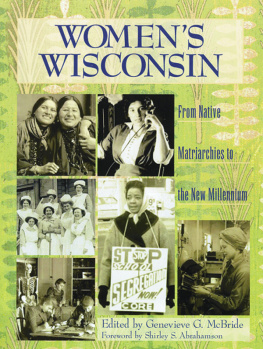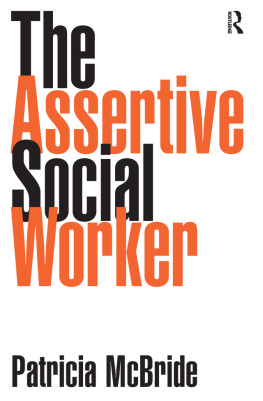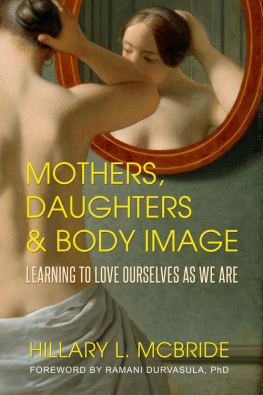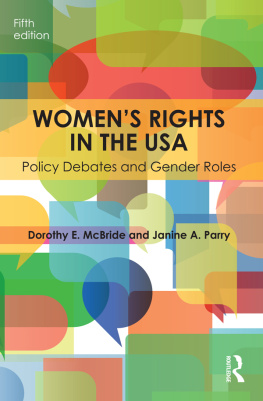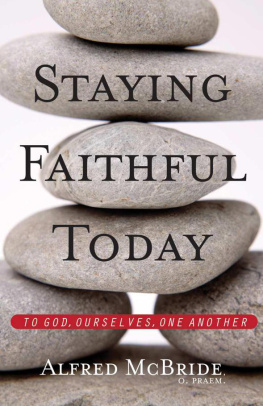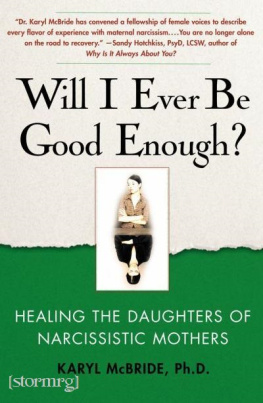Contents
Guide

ALSO BY EIMEAR MCBRIDE
A Girl is a Half-formed Thing
The Lesser Bohemians
Strange Hotel
Mouthpieces

Again, for adaoin
First published in Great Britain in 2021 by
Profile Books Ltd
29 Cloth Fair
London EC1A 7JQ
www.profilebooks.com
Published in association with Wellcome Collection

183 Euston Road
London NW1 2BE
www.wellcomecollection.org
Copyright Eimear McBride, 2021
The moral right of the author has been asserted.
All rights reserved. Without limiting the rights under copyright reserved above, no part of this publication may be reproduced, stored or introduced into a retrieval system, or transmitted, in any form or by any means (electronic, mechanical, photocopying, recording or otherwise), without the prior written permission of both the copyright owner and the publisher of this book.
A CIP catalogue record for this book is available from the British Library.
ISBN 9781788162869
eISBN 9781782835721
FOR STARTERS
As I type the female population of the world stands at 3,859,840,727, making women about 49.6% of the global population and meaning there are a lot of us around. Everyone knows a woman or has at the very least been brought into the world by one. Were always there as well, in the shops, down the pub. We can often be seen on hospital wards, public transport, in sports arenas or on the telly. You will find us both working and shopping at Asda. Some of us are astrophysicists. Some of us run dry-cleaning businesses. We are engineers and teachers, local councillors and orthodontists. We can frequently be found in our homes shouting at our children or on the other end of a call centre line, being shouted at. Sometimes we are even responsible for feeding time at the zoo. The truth of the matter is that women are pretty much everywhere, doing all kinds of stuff, all the time.
Given our louring omnipresence then, what might be the origin of all this disgust thats so continually directed towards us? By disgust I mean the disgust that appears to mystically attach itself to the female body at birth although sometimes too upon the mere determination of sex in the womb and then proceeds to pursue that body right through each stage of its being, especially the later ones though, it should be said.
How has this disgust managed to settle itself in as a kind of default reaction to almost every aspect of womens lives being sometimes rampant and ill-concealed, while at others, insidious and almost imperceptible?
Certainly, it performs its abhorrence so diligently enthusiastically even that a constant alertness to disgusts objections and proposed limitations has become one of the great, inexorable presences in those lives. Its there in the proprietorial, fetishistic attitudes towards how we look, what we weigh and what we wear, to the ways we think about the world, how our bodies experience the world or are forced to experience the world. Sometimes the disgust is expressed broadly and unthinkingly. Sometimes viciously and particularly. Economically and politically. Culturally and religiously. But always damagingly, and consequentially. As women contain within our vast numbers as much variety of race and sexuality, size and shape, physical ability and disability, intellectual capacity and stupidity, wellness and illness, talents and deficits as the male population, what possible excuse can there be for our being held to this additional standard of not arousing disgust? A problem further complicated by the fact that, radical surgery aside, our bodies cannot but be what they are and do what they do. And, although we have neither say in the constituent parts of this standard nor right of veto over it, we will most certainly bear the brunt of any failure to attain it.
And Im tired of this, bored by it and constantly infuriated by the barefaced presumption of it. What follows here are my thoughts on the possible origins of this intangible, yet undeniable, disgust, what purposes its evolution might serve and who its beneficiaries must be.
But one more thing before setting out, if sometimes I write as if women all come from the same place and time, or have the same concerns and the same prohibitions placed upon them, this is only a shorthand for noting areas of shared difficulty rather than an assertion of uniformity. I know we are not all the same and that, even though we are sometimes treated as such, women do not run as a herd. One size does not fit all, any more than one history speaks for all or one experience represents all. This is simply an essay, a collection of thoughts, not an objective work of academic research, and so, by its very nature, subjective. Where there are gaps in nuance and knowledge, I hope others will fill them in and push the parameters of the debate further. I do not doubt there is more than enough disgust to go round. This is just my shift, my turn to contribute to an argument that stretches back and forward as far as the eye can see.
DISGUST AND TABOO
First then to the thorny matter of disgust itself. What is it and how do we experience it? It certainly bears a close resemblance to repulsion in its intense distaste for and aversion to specific objects or people. However, where repulsion still allows us albeit unwillingly to tolerate the repulsive object, disgust does not. This may be because disgusts roots lie in a more visceral, animal instinct to avoid contact with that which we suspect to be physically harmful to us.
One of humankinds earliest assertions of self is the refusal to put certain foods in our mouths. While, in reality, these foods are unlikely to be detrimental to our health, our personal disgust monitor registers something unacceptable in their appearance, odour or texture which forces us to reject them. As anyone who has ever been charged with feeding a young child knows, once their sense of disgust has been aroused the difficulty of levering in a forkful of broccoli or scrambled egg, or whatever foodstuff has offended, between those unwilling jaws becomes close to insurmountable.
Rachel Herz, the author of Thats Disgusting: Unravelling the Mysteries of Repulsion, has described this physical disgust as a scientific amalgamation of terror management, and avoidance of pathogens and oral incorporation, which seems to accurately capture the sense of dread and urgent need for escape which any disgust reaction immediately provokes. Taking this a step further, in his aptly titled The Anatomy of Disgust, William Ian Miller expands on the reach of disgust, suggesting:
things or deeds we find disgusting put us in the world of disgust when we have the sense that we would not be surprised should we start feeling queasy or nauseated, whether or not we actually do so. Disgust surely has a feel to it; that feel, however, is not so much of nausea as of the uneasiness, the panic, of varying intensity, that attends the awareness of being defiled.
Millers idea of disgust as a harbinger of defilement is perhaps closest to the congenital disgust for women and their bodies that interests me, in that it neatly illuminates some of the irrational behaviours exhibited by misogynists in both public and private forums.





